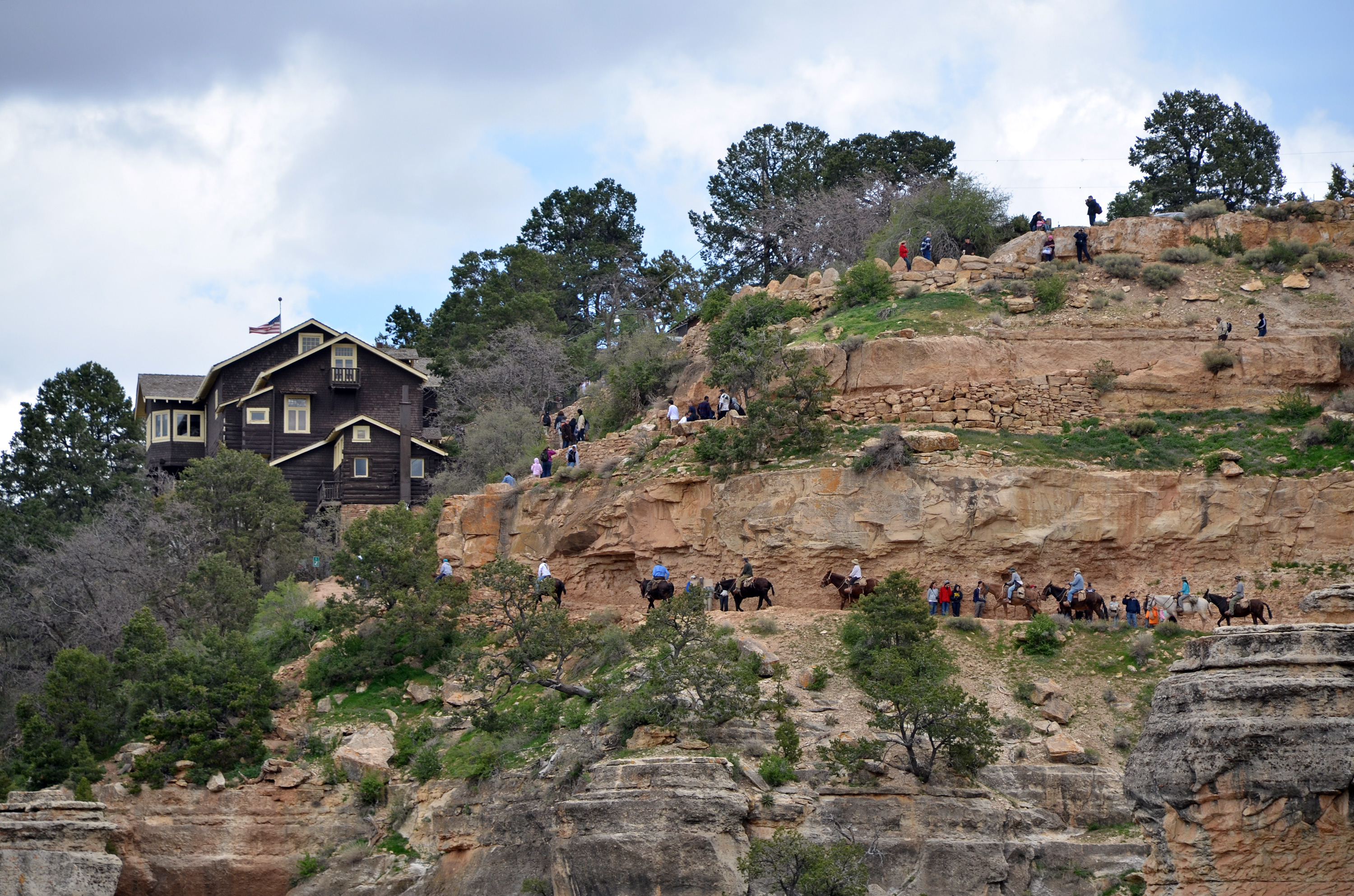
GRAND CANYON NATIONAL PARK — Park officials have implemented water conservation measures at Grand Canyon National Park in Arizona after a water pump failed.
Updated Jan. 11. With water again filling the South Rim storage tanks, Grand Canyon National Park will ease restrictions on water use. Crews repaired one of the pumps at Indian Garden.
Park managers said enough water is in storage to scale back to basic water conservation measures, such as turning off the faucet while brushing teeth or shaving, limiting showers to five minutes or less, selectively flushing toilets, running dishwashers or washing machines with full loads or in eco-mode, if available, and reporting drips, leaks, or other water loss to appropriate offices.
The mandatory “Level 2” conservation measures issued Friday require all park residents, employees and visitors to abide by several water-saving directives.

Areas of the park affected include the South Rim, Desert View and Hermit’s Rest. Water conservation measures must be implemented immediately in homes, hotel rooms and campgrounds, according to a news release issued by the National Park Service.
Mandatory water conservation includes not watering lawns and plants or washing cars; filling the sink with water while washing dishes; reporting drips, leaks or other water loss to appropriate offices; turning off the water while shaving or brushing teeth; running dishwashers or washing machines with only full loads – in eco mode if available; and taking shorter showers.
Concessions operators must switch to disposable dishes and utensils; alter menus to use less water for food preparation and dishwashing; adopt low water use for hotel room cleaning; and serve drinking water at restaurants by request only.
The measures follow after a water pump in the Transcanyon Pipeline failed at the park’s Indian Gardens area. The primary pump became inoperable, stopping the flow of water to the park’s South Rim.
Park staff is working to fix a malfunction in the pumps at Indian Garden that deliver water to the South Rim storage tanks.
“With a more concerted water-saving effort from park staff and visitors over the coming weekend, we may avoid further water restrictions next week,” said Deputy Superintendent Brian Drapeaux. Some of those restrictions could include using hand sanitizer in public restrooms, using portable toilets, dry camping at Mather Campground, and limiting use at employee laundromats.
The North Rim is unaffected and remains closed to visitors until May 15.
Water remains available at Bright Angel Campground at Phantom Ranch and Indian Gardens on the Bright Angel Trail. Faucets at the mile-and-a-half and three-mile rest houses on the Bright Angel Trail remain turned off for the season.
Those planning hikes or backpacking trips are encouraged to carry a way to filter or treat creek water for drinking purposes and continue to stay hydrated even when winter temperatures may be cool. The latest information regarding drinking water sources in the backcountry is available at the park’s backcountry office.
Updates about the water conservation measures will be provided via recorded message to callers at 928-638-7688 as the information becomes available.
Email: [email protected]
Twitter: @STGnews
Copyright St. George News, SaintGeorgeUtah.com LLC, 2017, all rights reserved.
Is it just me, or does it seem like that pump goes out quite often?